In the wild world of animals where sometimes, dinner looks a lot like a mirror reflection. Yes, we’re talking about cannibalism in the animal kingdom, a survival strategy that seems bizarre to us humans but is just another day at the office for some creatures. While it might sound gruesome, there’s a method to what might seem like madness. Animals don’t just chow down on their own kind for fun—it’s often a matter of survival, population control, or even a way to ensure the strongest genes prevail. So, let’s explore some of these animals and discover why they might choose to dine in this rather unorthodox way.
1. How Spiders Take Sibling Rivalry to a Whole New Level
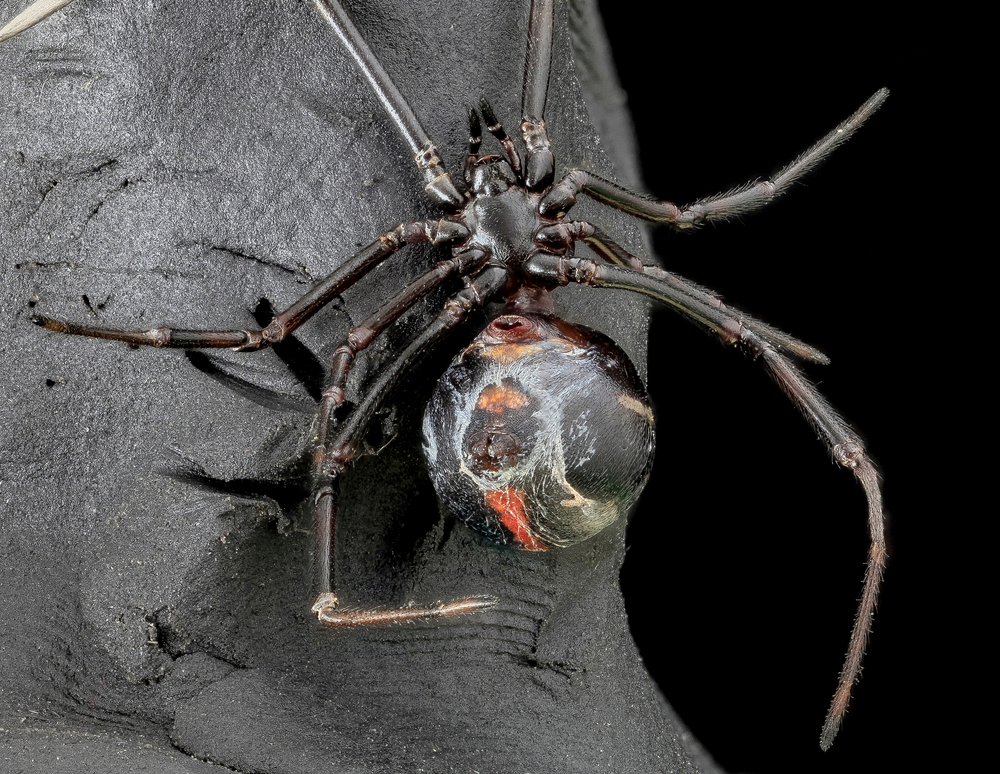
In the world of spiders, sibling rivalry doesn’t just end with a tug-of-war over toys; it ends with dinner. According to a study published in Animal Behaviour, some spiderlings, especially in species like the black widow, have been known to practice cannibalism right from birth. This habit is particularly prevalent in crowded webs where resources are tight. Imagine being born into a world where your first meal is your sibling! Yet, this behavior isn’t just about food—it’s about survival of the fittest. By consuming their weaker siblings, spiderlings increase their own chances of survival in a resource-scarce environment.
Furthermore, this grim practice helps in population control. A smaller number of strong survivors means less competition for the available resources, ensuring that the fittest individuals can grow and reproduce. It’s nature’s harsh way of ensuring that only the strongest genes are passed on. While it might make us squirm, for spiders, it’s just another day in the web.
2. Praying Mantises and Romantic Dinners That End Badly
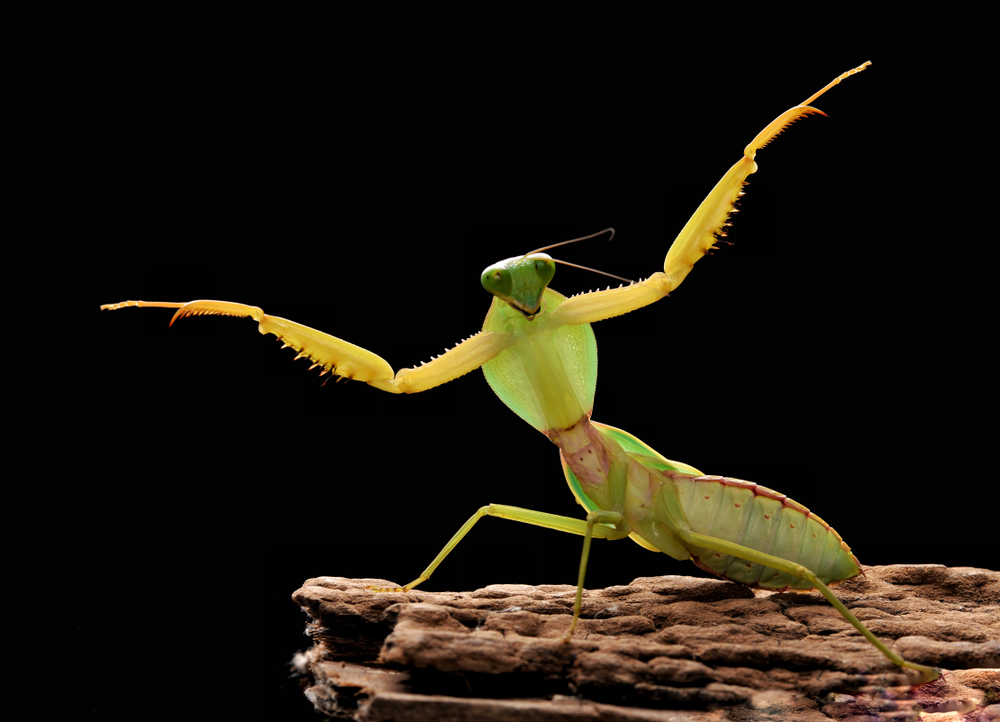
Praying mantises are infamous for their dinner-date dynamics, where the female often eats the male after mating. It’s a brutal end to a romantic encounter, but there’s a reason behind it. According to Behavioral Ecology, cannibalism in this case is believed to provide essential nutrients to the female, which are crucial for the development of her eggs. For the male, it ensures that his genes will be passed on to the next generation, even if it’s his last act.
This isn’t a guaranteed outcome—sometimes, the male escapes unscathed, but when it does happen, it’s a calculated risk rather than a random act. The female gains vital energy reserves that aid in reproduction, giving her offspring a better start in life. It’s a win-win in the mantis world, albeit a deadly one for the male. Love and sacrifice, it seems, are intertwined in the mantis’ life cycle, demonstrating nature’s complex balance between life and death.
3. The Sea Slug That’s Its Own Worst Enemy
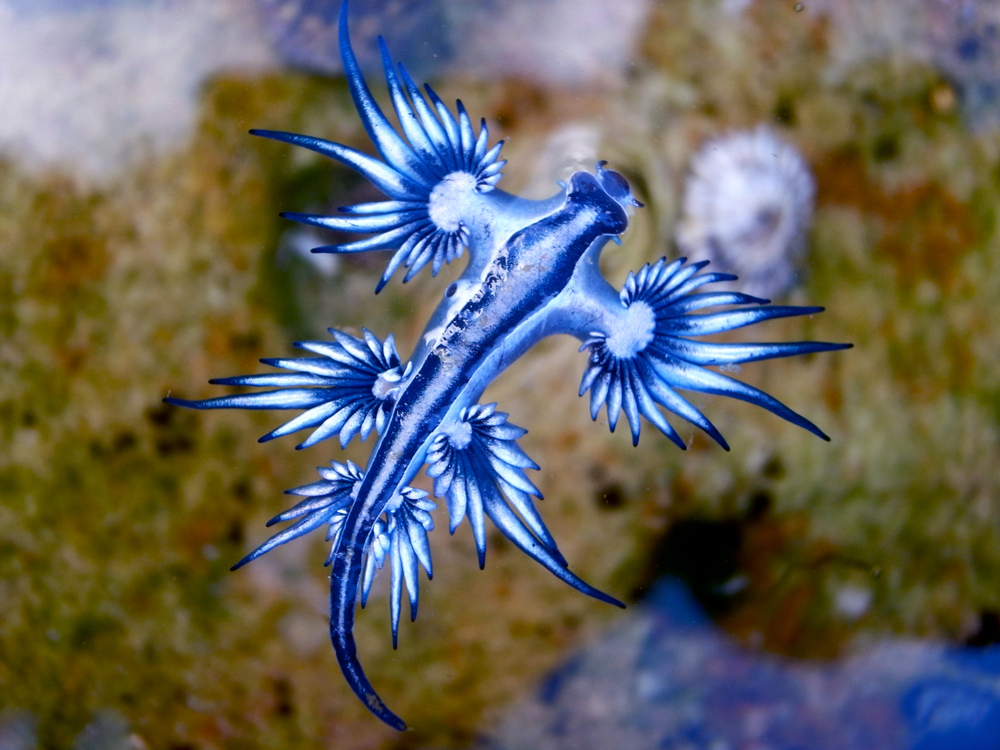
In the aquatic world, the sea slug is known for its vibrant colors and, oddly enough, for eating its own kind. This isn’t just random violence or hunger-induced madness. Sea slugs engage in cannibalism primarily for self-defense or to outcompete their rivals. By consuming their own, they eliminate future competition for food and mates, securing their spot in the food chain.
But it’s not all about being the last slug standing. Cannibalism also aids in nutrient recycling, allowing these creatures to derive essential nutrients from their kind that might not be available in their environment. It’s a survival tactic that, while harsh, ensures that the fittest individuals can thrive in their ocean habitat. So, while it might seem like a slug-eat-slug world, there’s a natural method to this perceived madness.
4. Hamsters and the Shocking Reality of Rodent Parenthood
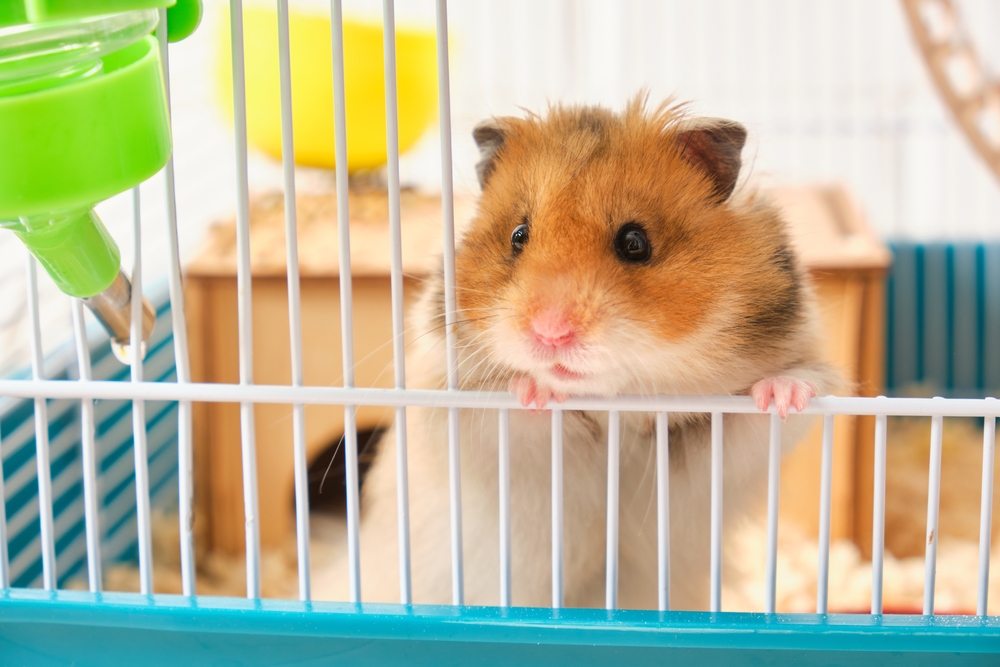
Hamsters, those cute and cuddly creatures we often see scurrying around cages, can exhibit some shocking behavior when it comes to their young. In cases of extreme stress or when resources are scarce, mother hamsters have been known to eat their own babies. This isn’t a reflection of failed parenting but rather a desperate act to ensure the survival of the strongest offspring. If a mother senses that her litter cannot be sustained, she may reduce the number so that a few might thrive.
In the wild, this behavior could be a way to minimize suffering or to optimize the chances of at least some of her offspring surviving in harsh conditions. It’s a brutal but effective way to manage limited resources and ensure the continuation of her genetic line. While it might seem abhorrent to us, in the natural world, it’s a decision born out of the necessity for survival.
5. Tadpoles and the Fierce Fight for Survival
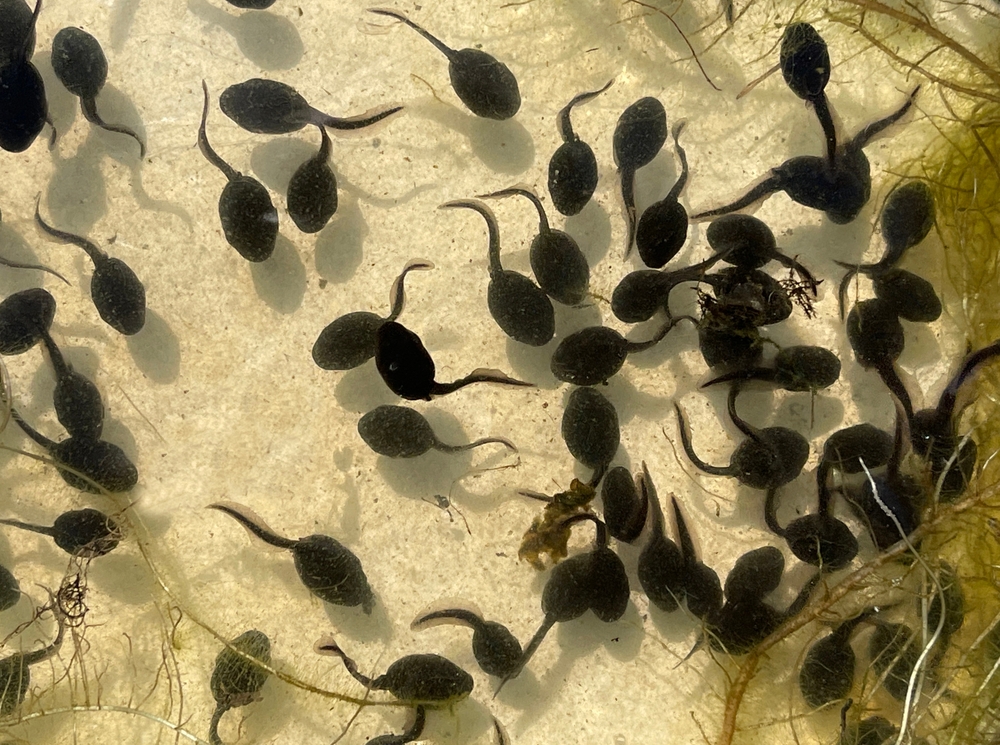
In the amphibian world, some tadpoles take survival of the fittest quite literally. Certain species resort to cannibalism when food is scarce, munching on their own kind to gain a nutritional edge. It’s a strategy driven by the need to grow quickly and metamorphose into frogs before resources run out. By consuming their weaker siblings, they gain an advantage in the treacherous race to adulthood.
Cannibalism among tadpoles also serves as a population control mechanism, ensuring that the limited resources in their pond aren’t overstretched. It’s a harsh but efficient way to ensure the strongest individuals make it to frogdom. This behavior highlights the brutal realities of life in the wild, where survival often means making tough choices—even if it’s at the expense of your kin.
6. Chickens and the Pecking Order That Turns Deadly
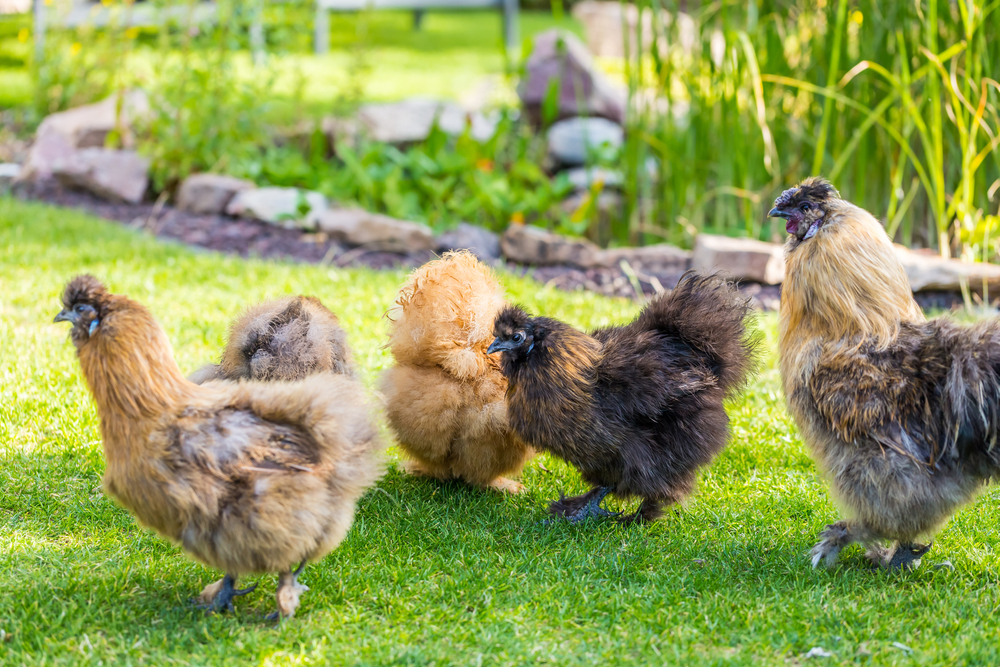
Chickens might not strike you as cannibalistic creatures, but under certain conditions, they too can turn on their own kind. Factors such as overcrowding, boredom, and lack of nutrients can trigger this behavior. When chickens start pecking at each other, it can escalate to cannibalism, particularly if one bird is sick or injured. It’s a behavior that’s not exactly natural but is often induced by stress or poor living conditions.
Farmers have to be vigilant to prevent this occurrence, as it can quickly spread through a flock. Despite its grim nature, this behavior is a stark reminder of the importance of proper animal husbandry. Providing chickens with adequate space, nutrition, and stimulation can prevent this from happening. It’s a clear example of how even domesticated animals can revert to primal instincts under duress.
7. Polar Bears and the Harsh Realities of Arctic Survival
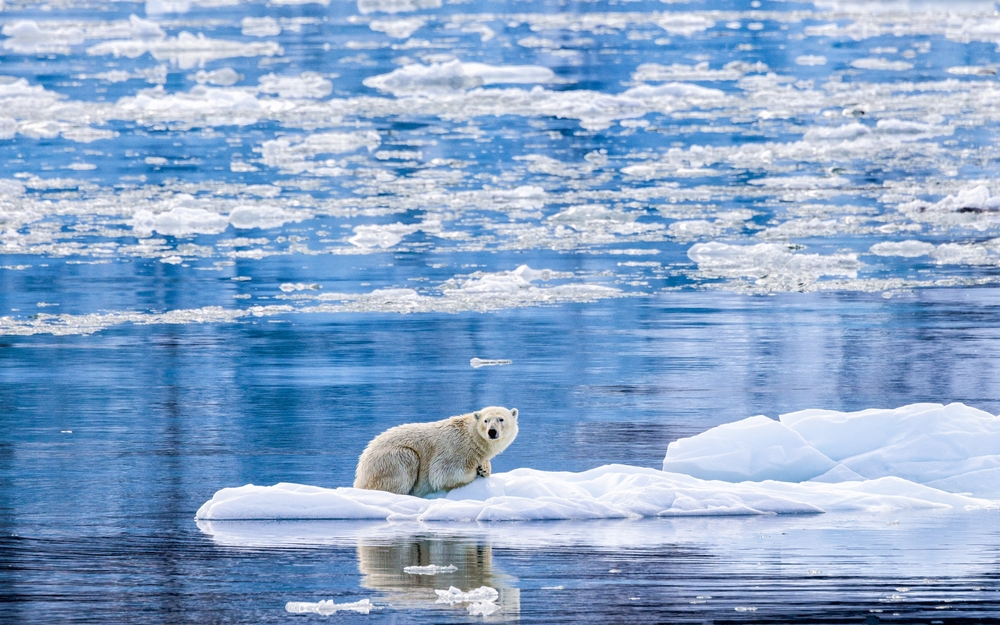
Polar bears, iconic symbols of the Arctic, have been observed engaging in cannibalism. This behavior is often driven by extreme hunger, particularly as climate change affects their traditional hunting grounds. With sea ice melting, hunting seals becomes more challenging, and some bears, out of sheer desperation, turn on their kind. It’s a survival tactic that underscores the harsh realities of life in extreme environments.
Cannibalism among polar bears is not common, but it has been increasing as environmental pressures mount. It’s a grim reminder of the impact of climate changes on wildlife, forcing these majestic creatures to make desperate decisions. While it’s a natural survival strategy, it highlights the urgent need for conservation efforts to protect their habitat and ensure their survival.
8. Sand Tiger Sharks and the Battle Inside the Womb
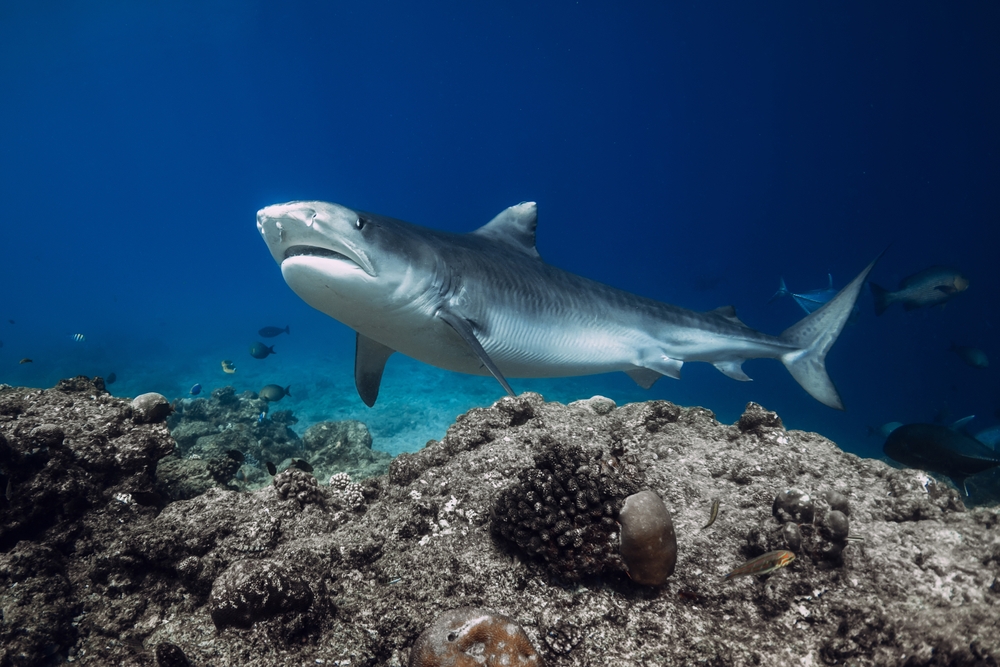
The sand tiger shark’s cannibalistic tendencies start before birth in what might be the most competitive womb in the animal kingdom. Inside their mothers, shark embryos engage in intrauterine cannibalism, where the biggest embryo eats its siblings. This fierce competition ensures that only the strongest offspring survive to be born, giving them a better chance at survival in the wild. It’s a unique reproductive strategy that may seem brutal but is highly effective.
By the time the surviving shark is born, it’s already an adept predator, having faced adversity before even entering the ocean. This pre-birth battle highlights nature’s relentless drive for the survival of the fittest. As harsh as it may be, it’s a successful strategy for ensuring that the strongest genes prevail. It’s an extreme example of survival instincts kicking in even before birth—a testament to the harsh realities of life in the ocean.
9. Lions and the Dark Side of Pride Leadership
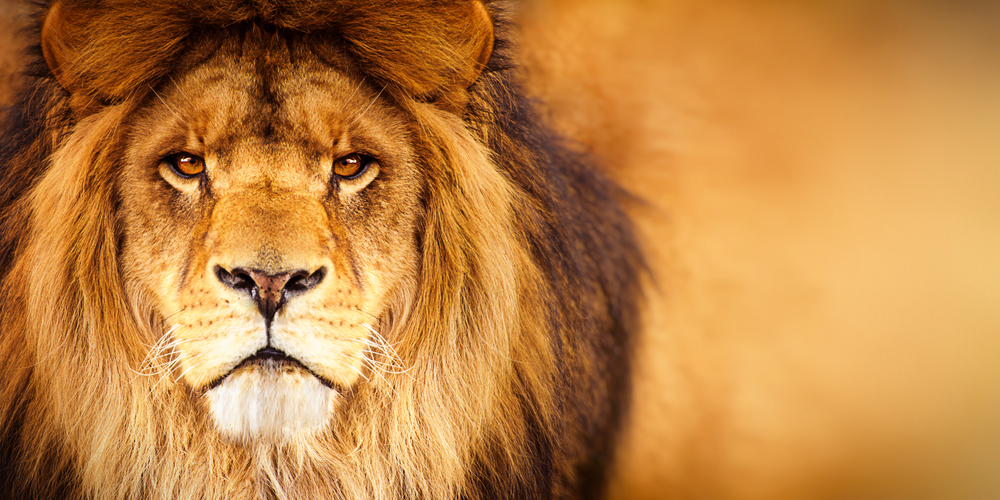
Lions, often heralded as the kings of the jungle, also have a darker side to their social structure. When a new male takes over a pride, he may kill the cubs sired by the previous male. This brutal act isn’t just about asserting dominance—it’s a strategy to bring females back into estrus faster so the new leader can sire his offspring. It’s a harsh reality of life in the wild, ensuring that only the new leader’s genes are passed on.
This behavior underscores the often cruel but necessary strategies employed in nature to ensure genetic dominance. While it might seem heartless, in the lion world, it’s a survival tactic that helps maintain the strength and continuity of the pride. It demonstrates the complex social dynamics and the lengths to which animals will go to ensure their genetic legacy.
10. Salamanders and the Cannibalistic Twist to Evolution
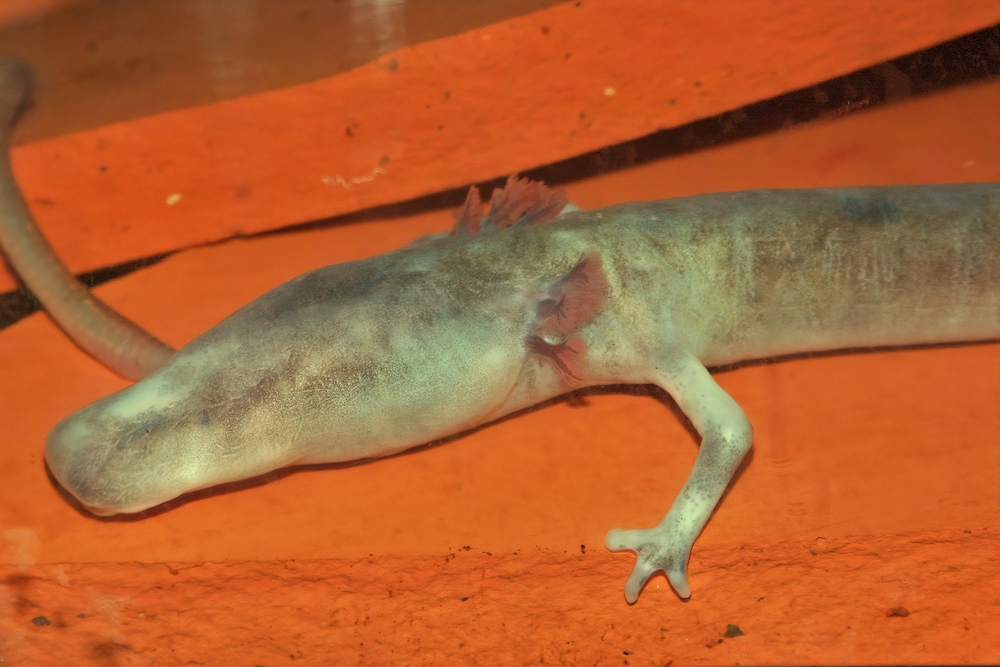
Some salamander species take sibling rivalry to a whole new level by practicing cannibalism as a means of survival. When food is scarce, these amphibians will eat their siblings to gain the nutrients they need to grow and thrive. This behavior serves as a population control mechanism, ensuring that only the strongest individuals survive in harsh conditions. It’s an evolutionary twist that allows them to adapt and thrive in fluctuating environments.
Cannibalism in salamanders also provides an advantage by reducing competition for limited resources. While it may seem like a grim tactic, it is a natural strategy that highlights the adaptability of these creatures. By eating their siblings, they not only secure their survival but also ensure the continuation of their species in challenging environments.
11. Ensuring Survival in the Crocodile Kingdom
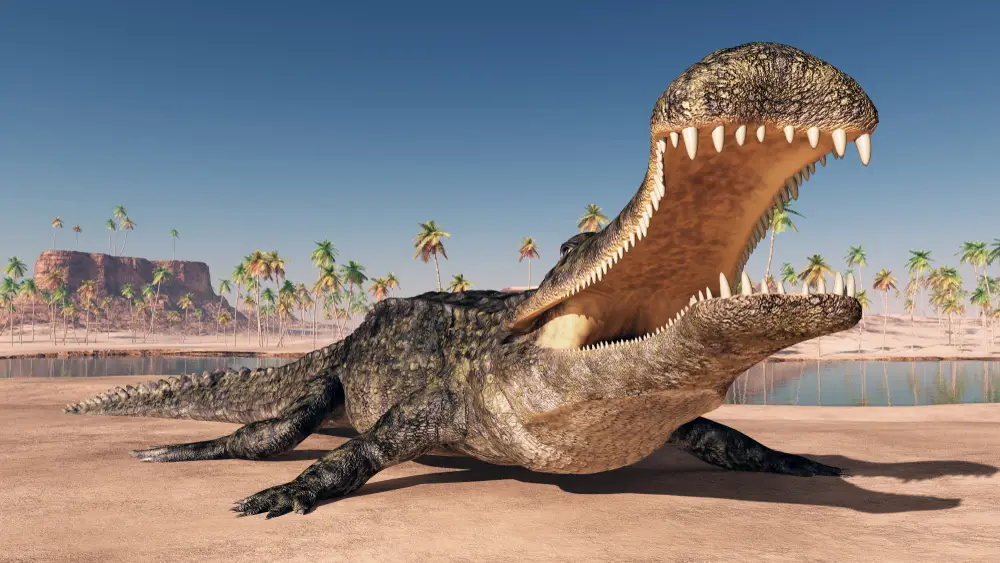
Crocodiles, those ancient predators of the water, have been known to engage in cannibalism, particularly when food is scarce. While it’s not their first choice, young crocodiles may fall victim to larger, more dominant individuals. This behavior is often driven by competition for territory and resources. In a habitat where scarcity can dictate life and death, cannibalism becomes a hard but necessary choice.
This survival strategy highlights the fierce competition within the crocodile kingdom, where only the strongest and most dominant individuals thrive. It’s a grim reminder of the primal instincts that drive animal behavior in the wild. While it may seem brutal, it’s a natural way to ensure that those best suited to the environment survive and maintain the strength of the population.
